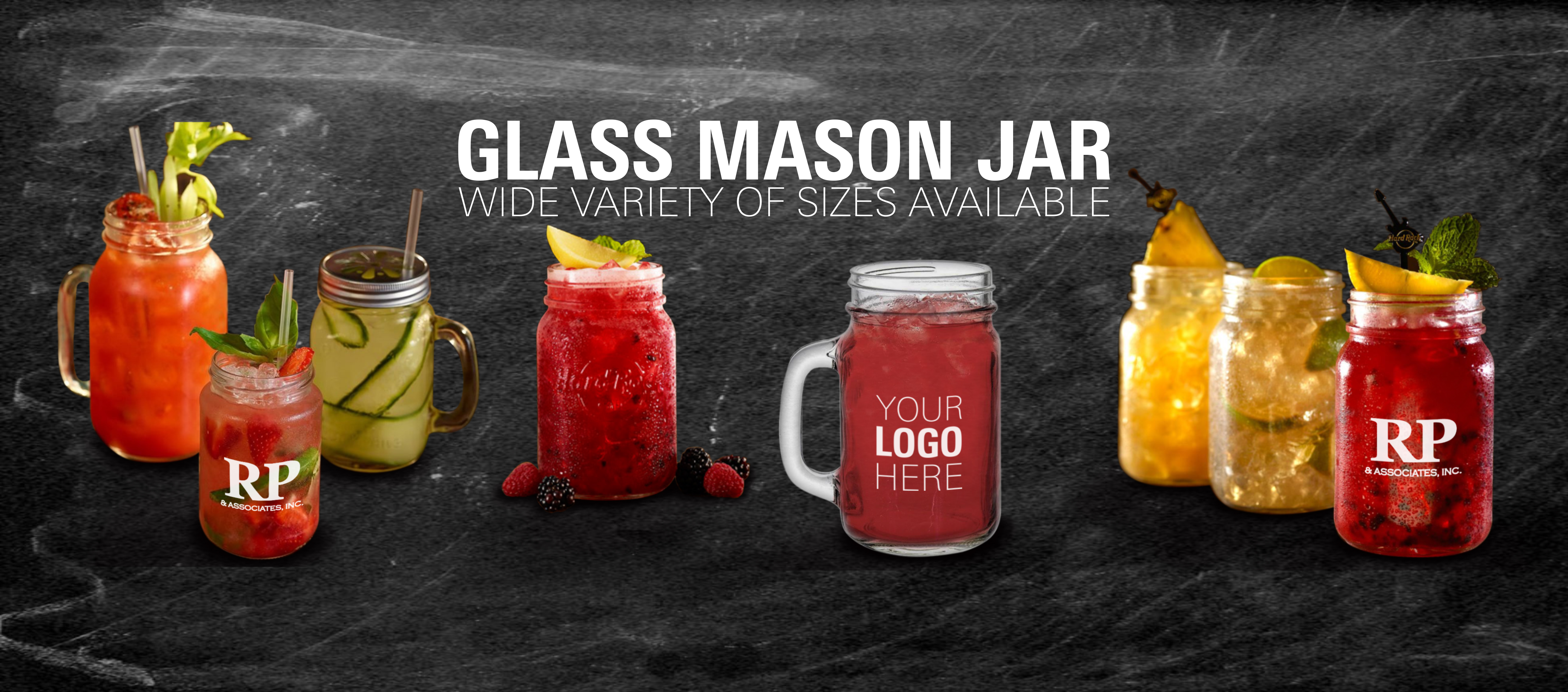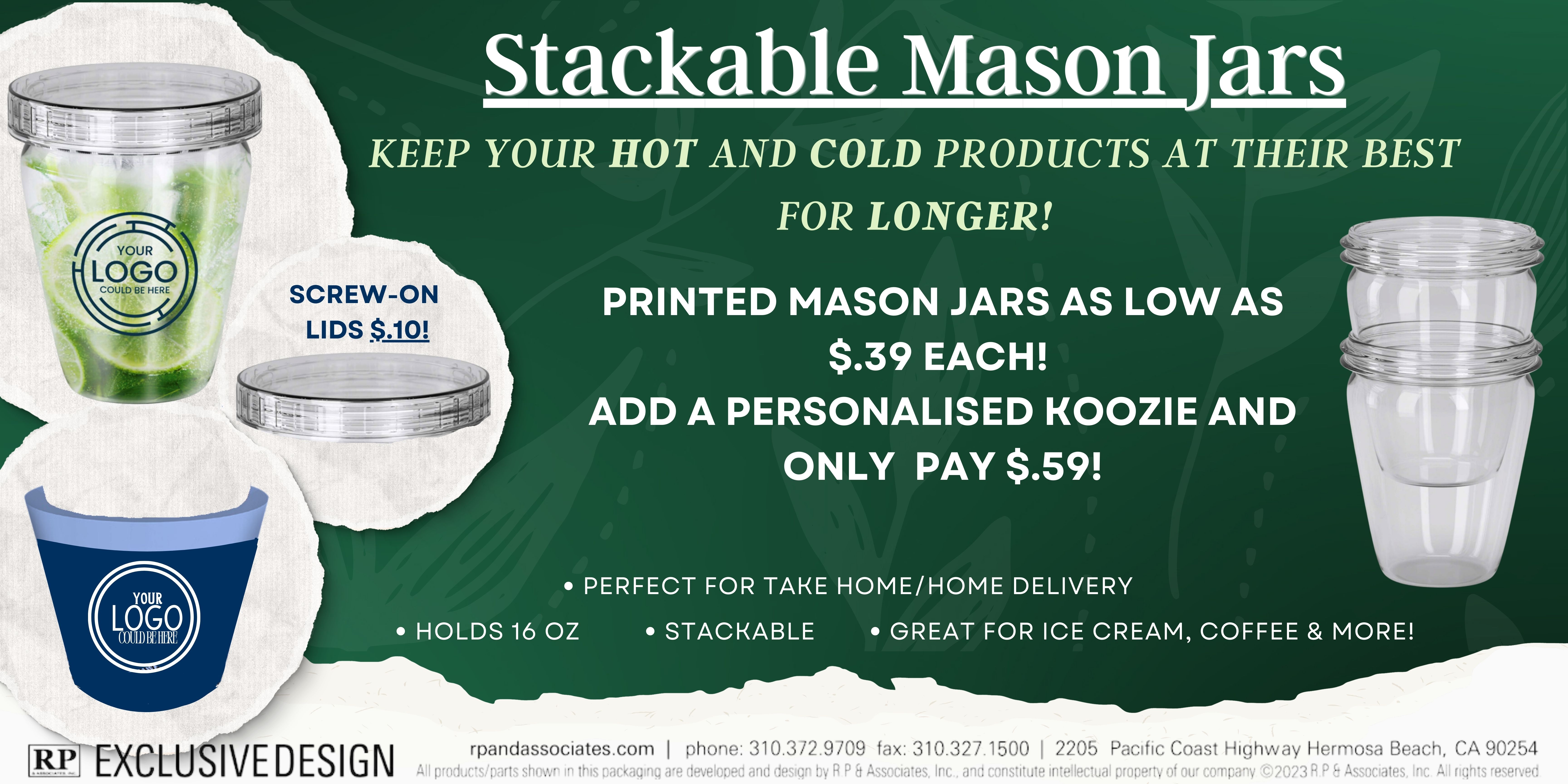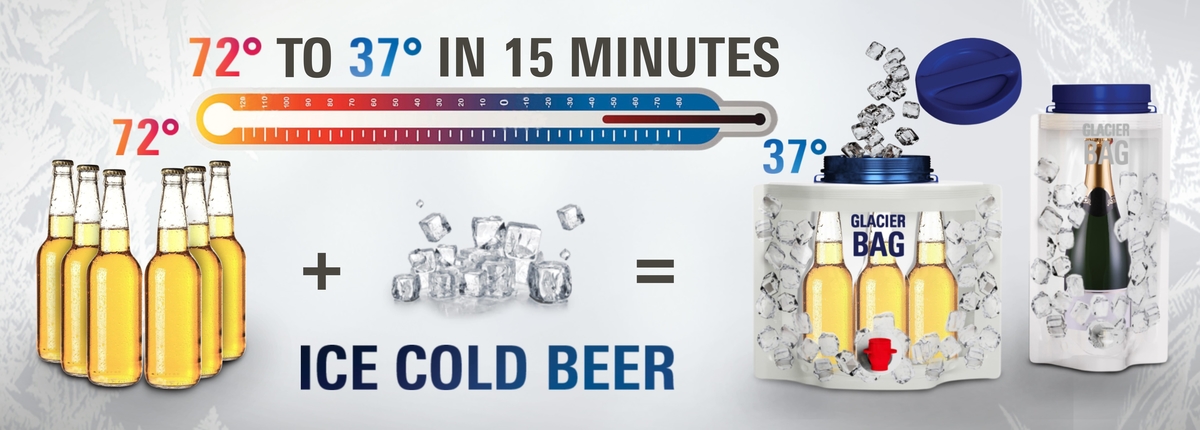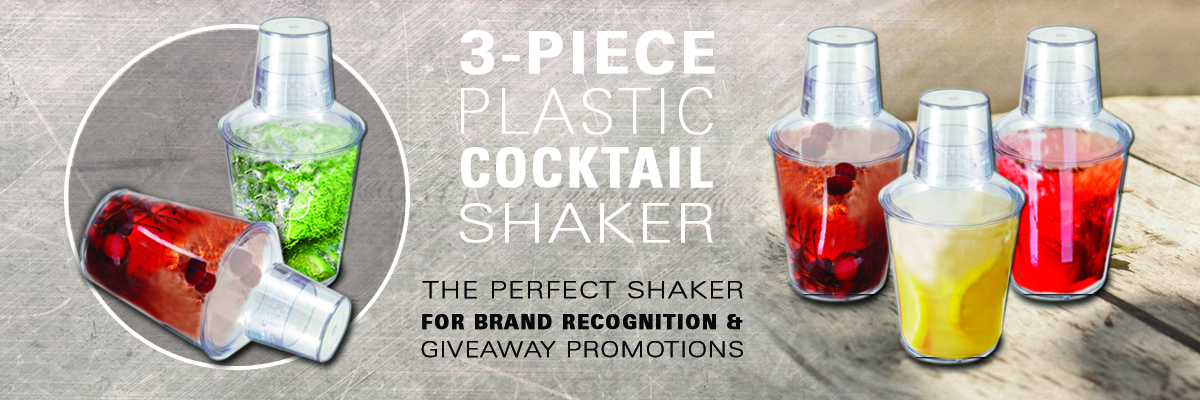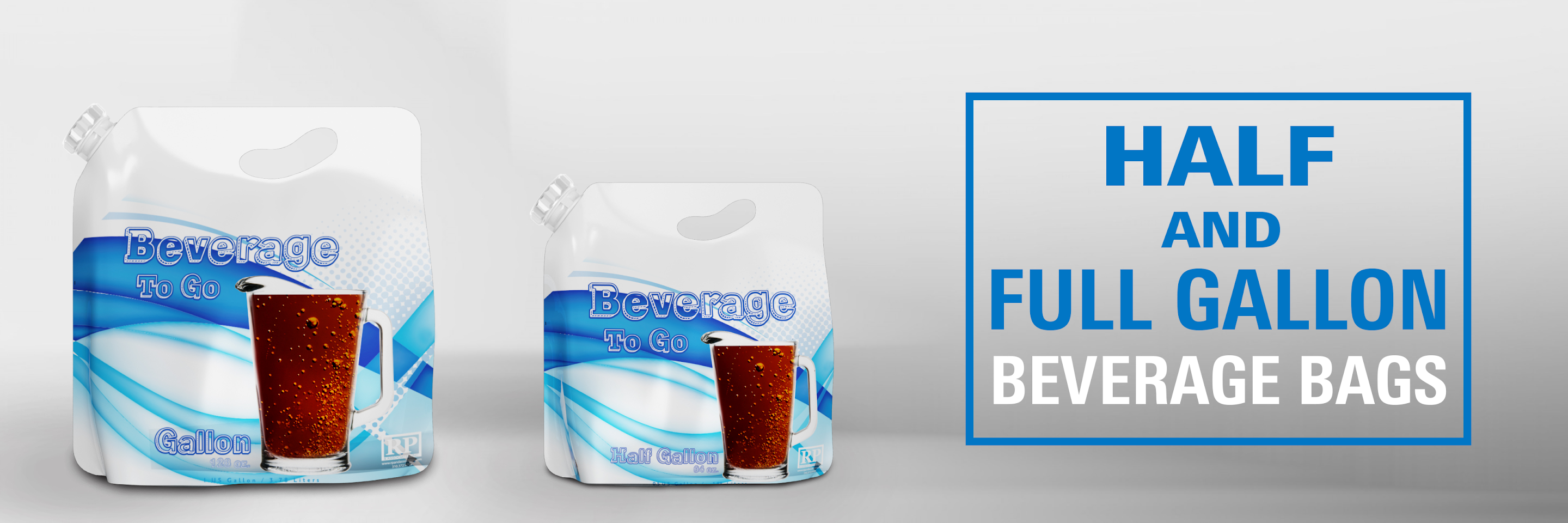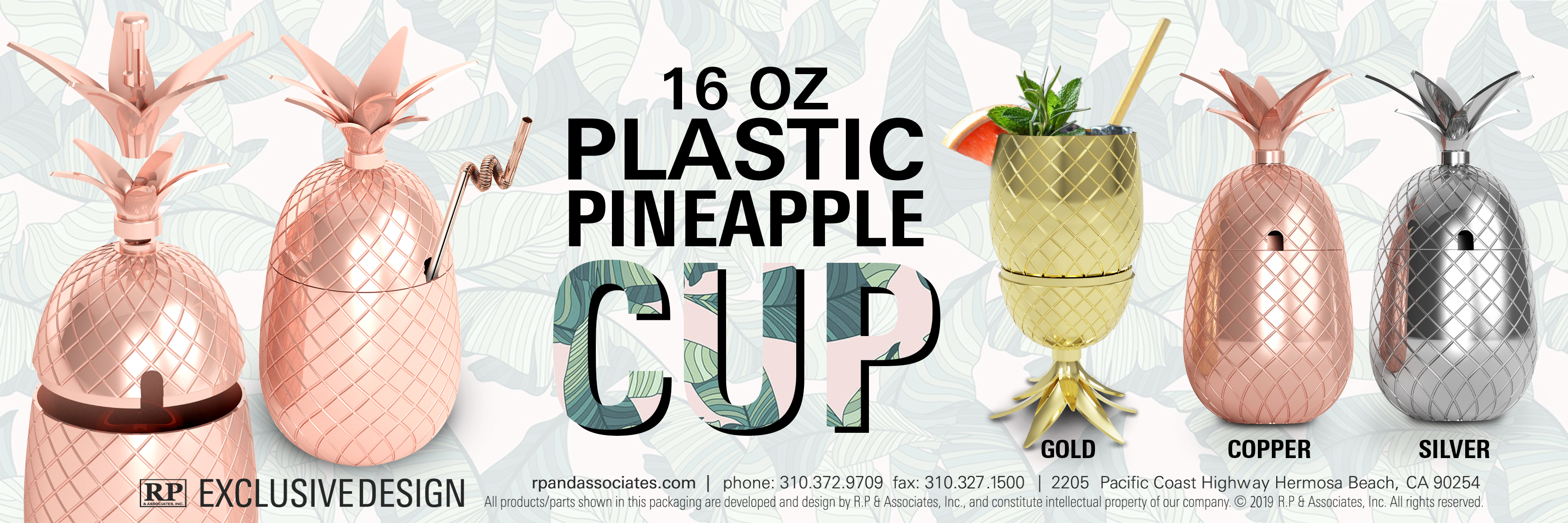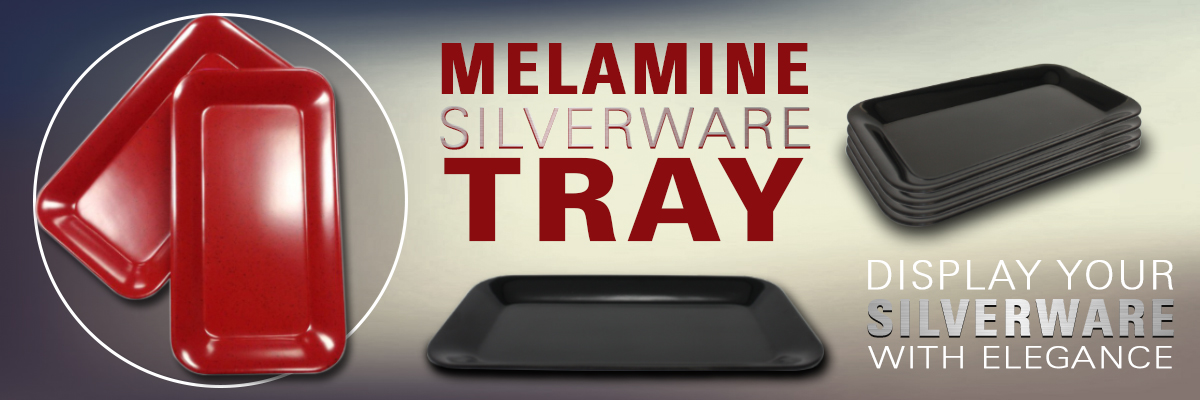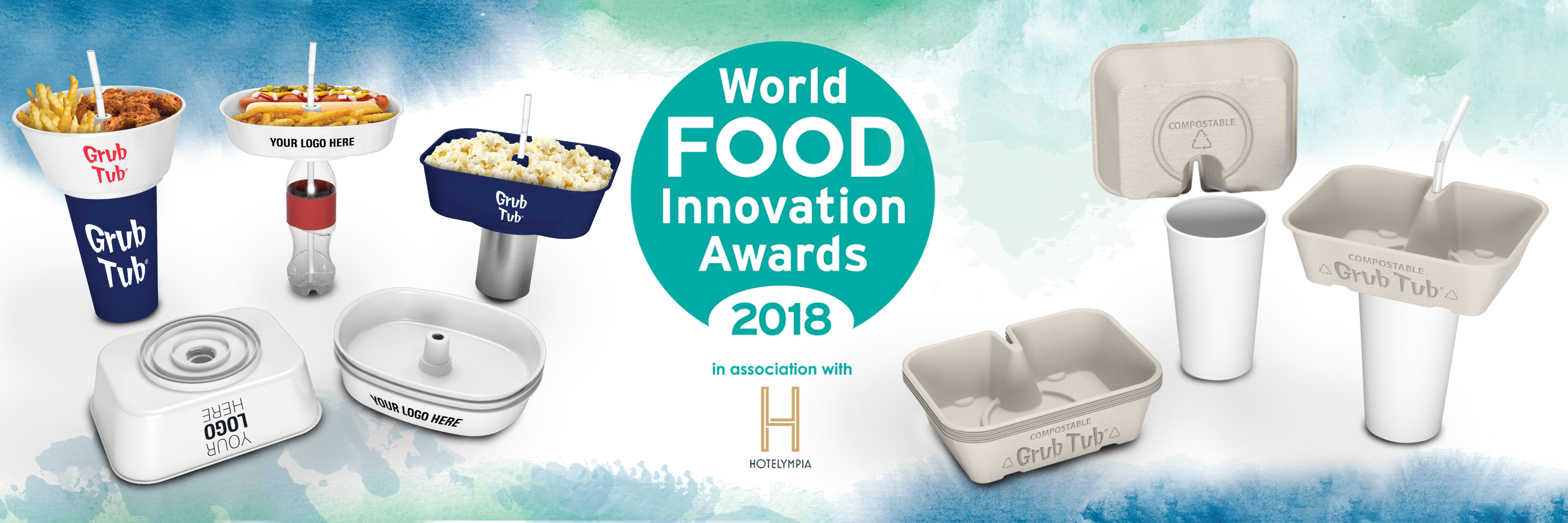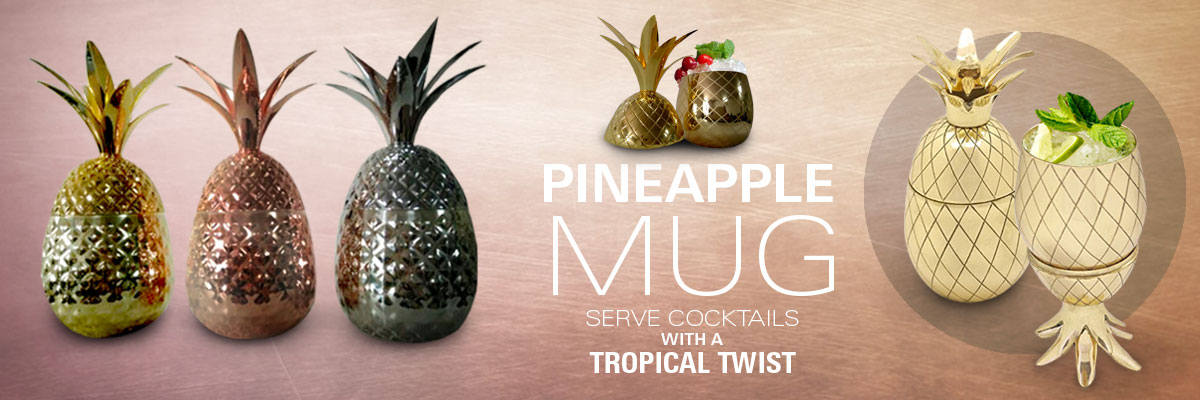News & Updates
Value Added Packaging Equals Vastly Amplified Profits
- Published: Tuesday, 02 June 2015 18:40
For decades now companies have experienced the effectiveness of Value Added Packaging also known as VAP’s. The packaging of your product can change the entire landscape of the purchasing decision, but adding value to the purchase creates an entirely new opportunity in the ever-changing consumption patterns of today’s price conscious consumers. Shelf impact for value added packaging in the retail sector showed significant sales increases in cosmetics, spirits, health, and food purchasing for 2010. The obvious case in targeted promotional packaging is the holiday shopper late in the year, but with overall purchasing increases in 2010 many brands are now experimenting with seasonal VAP designs with success. Marketing initiatives are also utilizing Value Added Packaging to be sure that the consumers are clearly aware that the brand they are purchasing and using supports causes ranging from Breast Cancer to saving the black-breasted red-beaked cackle bird indigenous to somewhere. Simple products with logo branding ranging from a glass, to a cell phone case, to a toilet brush, all of which hold very valuable exposure points I call in-home and in-hand impressions. What truly adds value to your VAP’s are products included in the packing that will be utilized, carried, displayed, or worn. If you are including glassware with your spirit brand try including unique pieces that handle well and will be used in consumption regularly. This also incites a multi-sensory association with your brand which will weight in your favor for next buying decision. In this blog post I would like to write that you are not limited by your imagination when it comes to your Value Added Packaging concepts, but realistically you are limited by a budget. From concept to completion aligning your brand with the team to develop your VAP is vital to the packing amplifying product sales and maximizing that budget. In that case you might want to trust a company that has been on the forefront of developing Value Added Packing for some of the most successful brands in the world for over 20 years. RP and Associates is the worldwide leader in designing, developing, and delivering innovative brand building solutions and Value Added Packaging concepts.
5 Reasons to use Branded Wine Bags
- Published: Tuesday, 02 June 2015 18:40
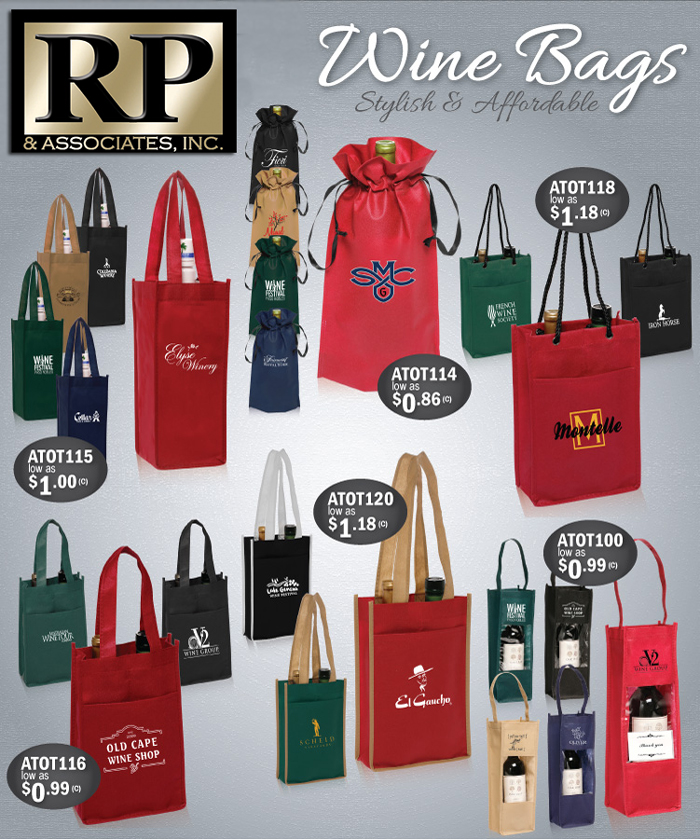
There are many great reasons to use reusable wine bags, but here are the top 5 to give you a good indication of how useful they can be.
- Increased Sales: Offering a discount, such as buy 1 bottle and get 1 for 25% off is only one way of increasing sales using reusable bags. There are many other ways of attracting increased sales simply by incorporating the bags into the sale. Offering a free reusable bag if the customer fills it up is another great way to increase sales.
- Save Money and Make Money: Instead of buying plastic bags to package the bottles, customers will pay you for the opportunity to get reusable bags. Not only that, but the bags offer free advertising, which also saves money. It's a win-win situation.
- Reduce Waste: There is no denying that plastic bags by the trillions are sitting in landfills. Four to five trillion plastic bags are used worldwide annually. They are not biodegradable, and will never break down. The same can be said for cardboard boxes, since most are covered with wax and plastic. Companies contribute to pollution and waste far more than does the consumer.
- Gain Respect and Raise the Bar: More consumers are doing their part to reduce environmental waste. They are also noting which companies do the same. People respect, and are more likely to shop at a store or winery which offers items such as the 6 bottle reusable bag. Raising the bar in your community, as well as in your industry can gain some well-deserved respect. What better way than to help reduce waste.
- Change to Reusable Bags while it is still and Option: Many other countries are now restricted in which type of packaging their businesses use. Australia is now cracking down on businesses that continue to use plastic bags. It is only a matter of time before consumer demands dictate some sort of restriction in the United States. It will happen; it is only a matter of time. Businesses that are adapting now will be far ahead of those that wait until the last minute.
There are many benefits to using reusable wine bags. It's logical, economical, environmentally friendly, and customers love them. Now is the time to seriously consider using reusable bags. Once you do, you will wonder why you didn't start long ago.
How to Make Money from Less Used Alcohol Brands & Bottles
- Published: Tuesday, 02 June 2015 18:40
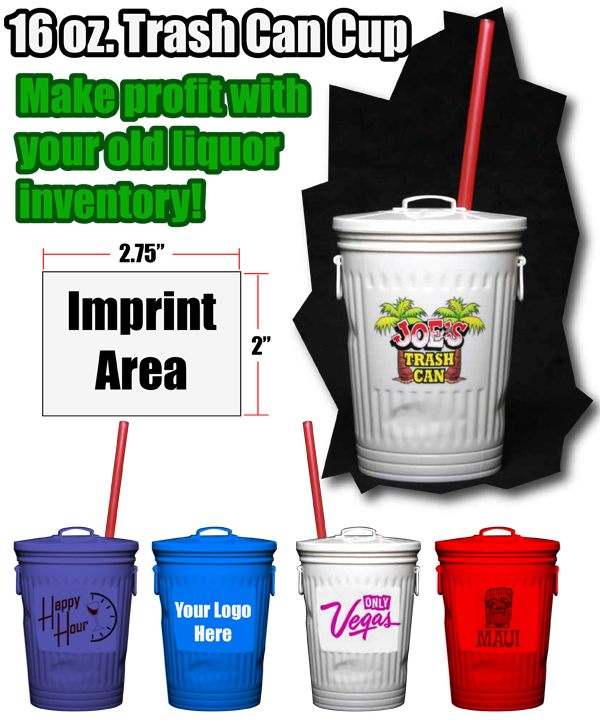
Often referred to as an Irish Trash Can or Trash Can Punch, a Trash Can Drink is flexible recipe that can use a variety of alcohols and/or mixers. They are great to offer as a special since Trash Can Drinks can use old alcohol that would otherwise go to waste. Keep it as a standard promotion to sell more! Making a trash can drink is pretty simple. Find yourself some alcohol, maybe a Vodka that isn't selling too well and mix it with Red Bull or another popular mixer. You can sell this drink as a Trash Can Drink special to earn some revenue rather than letting it go to waste. You can do the same with all types of alcohols, or even mix multiple brands. Experimentation here is key; find a concoction that tastes good with what you have. Slice up fruit and throw it in the mix for added flavor. Finding mixers that work well with a not-so-popular alcohol move the product and create space behind the bar. It's an easy and flexible recipe that helps you reduce losses while giving patrons added value. Have a popular trash can recipe? We'd love to see it, send it to us at info@rpassociates.us
Contact us today to learn more: (310) 372-9709
The Different Types of Beer Glasses
- Published: Tuesday, 02 June 2015 18:40

- Pint: A standard, all-purpose beer glass with slightly tapered walls. Used primarily for English- and American-style lagers and ales ranging from light lagers to imperial stouts. Pint glasses come in two sizes: Imperial 20 ounce (570 mL) or US 16 ounce (470 mL) pints.
- Pilsener: A long, narrow glasses with walls that taper towards the base. Used to consolidate volatiles and support delicate heads of pilseners and other lagers.
- Weizen: A large, curvaceous glass, bulbous near the mouth to support and showcase the heads of weizens and other wheat beers.
- Seidel: A German-style mug, often of great volume, with handles and thick walls to help maintain a cool temperature. An earthenware, ceramic, or metal version is called a stein.
- Tulip: A bulbous glass with a trumpeted mouth and short stem used to capture aromas and support large heads of artisanal Belgian ales. They are ideal for swirling beer to release volatiles. Many have etchings on the bottom of the inside of the glass to stimulate carbonation, aiding in head retention. A tulip glass may be substituted with an oversize snifter.
- Chalice or Goblet: A wide-mouthed, bowl-like, stemmed glass, often with metal linings. Used for serving Trappist ales and other abbey-style ales. Like tulip glasses, they are often etched to stimulate carbonation. Chalices may be substituted with an oversize red wine glass.
How to Infuse Liquor with Flavor
- Published: Tuesday, 02 June 2015 18:40
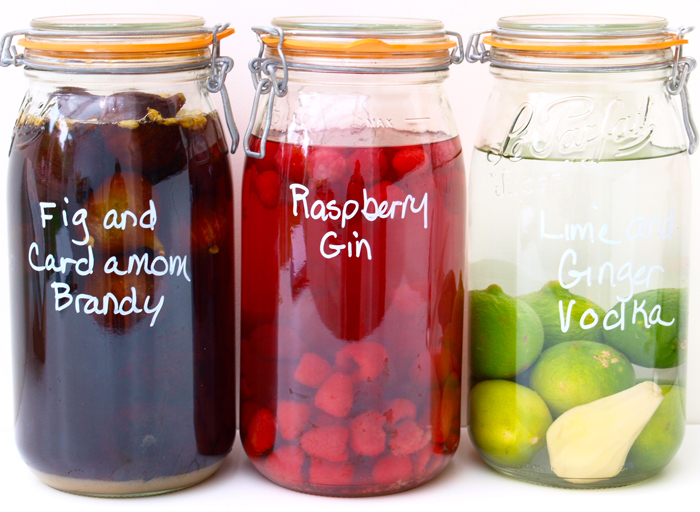 Infusing your own vodka is the best way to add a twist and have a story to tell with every cocktail when entertaining. With plenty of your favorite vodka, a jar, some fruit, a discerning palate and spare time, you can customize vodka and make it your own.
Infusing your own vodka is the best way to add a twist and have a story to tell with every cocktail when entertaining. With plenty of your favorite vodka, a jar, some fruit, a discerning palate and spare time, you can customize vodka and make it your own.
- Choose a flavor. Decide how you want your vodka to taste, and get plenty of the desired fruits, berries, peppers or herbs. Use the following guidelines for infusing about 1 liter of vodka:
- If infusing fruit, use 1-3 pieces, depending on their size. Aim for about two large apples' worth; one is usually enough for larger fruits (i.e. grapefruit), but you'll need 3-4 for smaller fruits (apricots, plums, etc.)
- If infusing fresh herbs, use 1-2 fists filled with the herb, depending on its potency. Use about half as much of dried herbs or spices.
- If infusing berries, use 2-4 fists filled with the berries.
- If infusing peppers, use as many as you want. The more you use and the longer you infuse, the spicier the end product will be.
- Prepare the ingredients. Wash all fresh ingredients thoroughly. Slice fruits finely to increase their surface area and speed up the infusion, removing any pits, seeds, or stems. Leave berries whole, but bruise by very gently squeezing them and remove any stems. Crush herbs gently, as it will help to release their flavor. Place all of the ingredients together in a clean, airtight container (glass works best). The relative proportions of each ingredient, if you're using more than one, are a matter of personal preference.
- Infuse! Fill the container with vodka, seal it, and put it some place safe and away from direct sunlight.
- Wait. The timing isn't scientific but most recipes will infuse within two to five days. Generally, citrus fruits or strongly flavored ingredients will infuse more quickly, but softly flavored or fibrous ingredients (vanilla beans or fresh ginger) may need up to a week or more. Luckily, you need not do anything but ignore the jar. Some advice will recommend two weeks or more infusion time, but this is only necessary for a large restaurant-size batch. A week is plenty of time for a liter of vodka to infuse properly.
- Sample and enjoy! The first few batches you make may not taste the best, but with practice you will get the hang of it. Drink, adjust, and try again!
Tips
- If you find your infusion too strong, dilute it with more vodka and allow it to infuse a little longer.
- Be creative! There's a wide range of fruits and herbs you can infuse, each with their own characteristics. Experiment and enjoy:
- Generally well liked: Melon, cantaloupe, peach, strawberry, cherry, blueberry, raspberry, blackberry, pineapple, mango, vanilla
- Sharp: Lemon, lime, grapefruit
- Bold: Fresh ginger, lemon-grass, mint, garlic, chili peppers
- Use fresh fruits and ingredients and not canned or prepared items.
- Don't add sugar to your infusion unless it is necessary to offset an extremely bitter ingredient. The natural flavors usually don't need it and you can always add a mixer when serving if you prefer.
- Try two sticks of cinnamon and half a vanilla pod. After two weeks you will get a deep orange color and a full, rich spicy flavor. Try it with homemade ginger beer in the summer.
- Use a medium-grade vodka, one that could be served straight up. Bottom-shelf vodkas can add an unpleasant aftertaste and there's no reason to break the bank for premium vodkas when most of the flavor will be coming from your ingredients.
- In Sweden, herb-infused vodkas are known as schnapps, and are a customary part of the Christmas smorgasbord.
- Fruits will continue to ripen while infusing. Remove fruits before they get overripe or brown, as this will impact the flavor of your recipe. Replace them with fresh fruits for decorative purposes.
- Make a wonderful Christmas vodka using cranberries (which make the vodka turn pale pink) and a vanilla pod for flavor.
- Try using nuts such as walnuts, hazelnuts or almonds. To enriched the flavor and release their natural oils, toast in the oven before adding to your vodka.
- Try using single-use coffee pods or herbal tea bags to get the flavor of your favorite coffee or tea.
- You can also infuse other spirits: gin, rum, whiskey, and even brandy all work well.
- You can also try using sweets like Redskins, Jolly Ranchers or any other kind of sweet that tickles your fancy.


